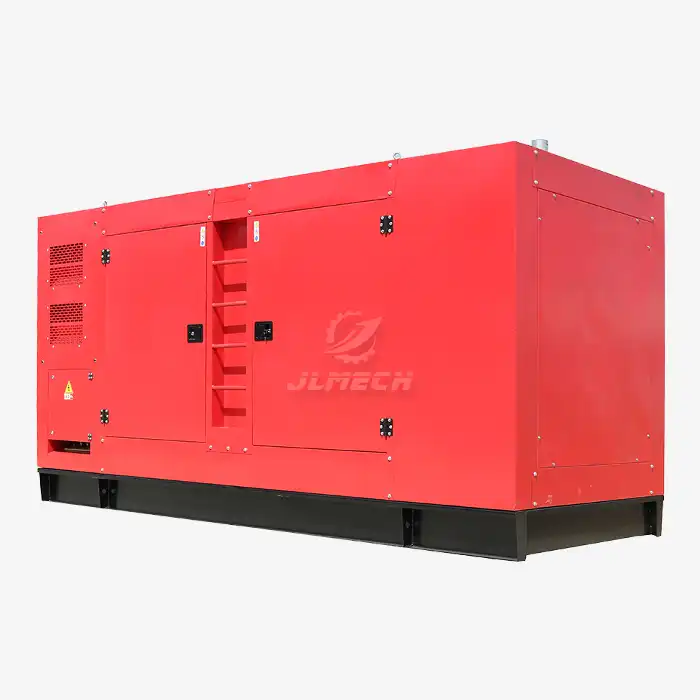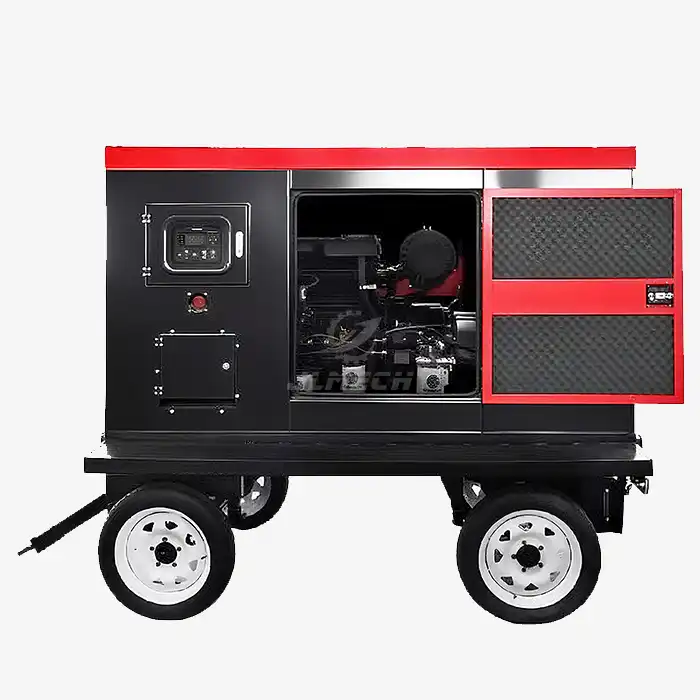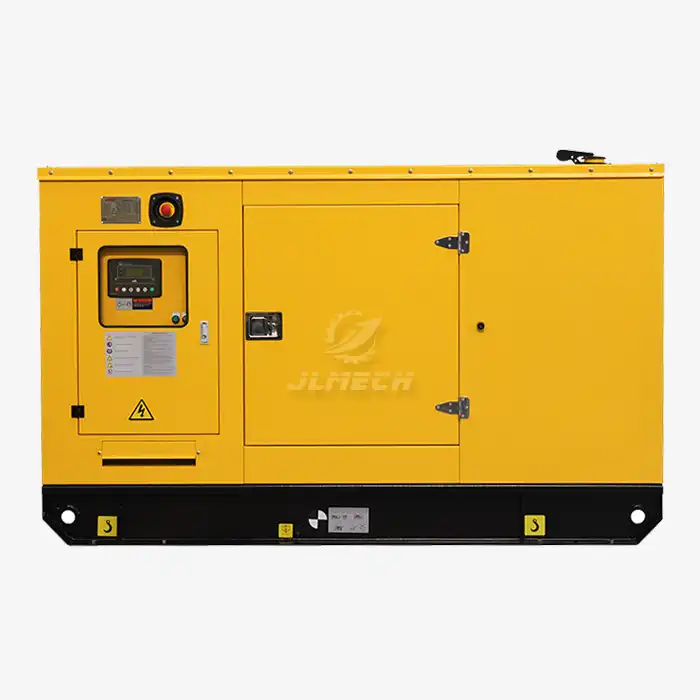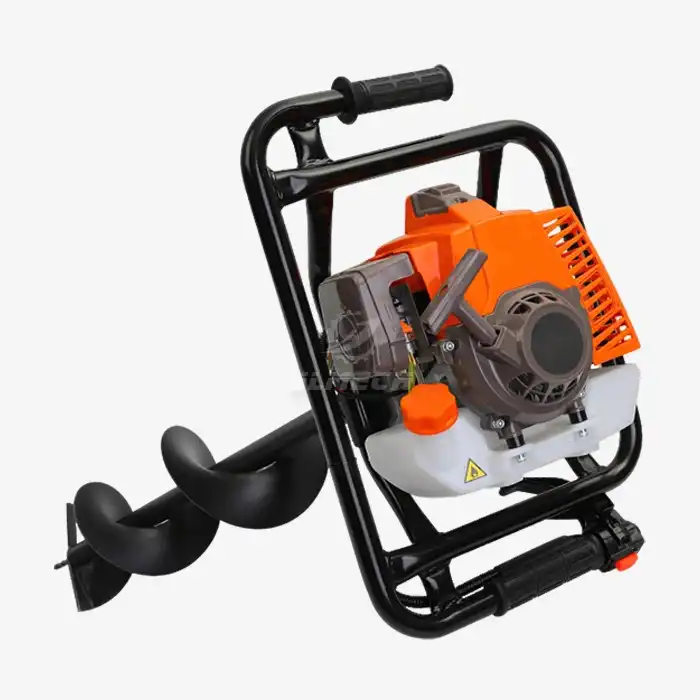What's the lifespan of a generator?
When investing in a power generation solution, one of the most critical questions we hear from our clients is: "How long will this generator last?" Understanding the typical generator lifespan is essential for calculating long-term value, planning maintenance schedules, and ensuring operational reliability. A generator is a significant capital asset, and its longevity directly impacts your total cost of ownership and business continuity. While a simple number might be tempting, the reality is that a generator's service life isn't predetermined; it's a reflection of how it is selected, operated, and cared for. This comprehensive guide will break down the key factors that determine the generator lifespan, providing you with the knowledge to maximize your investment.
Defining Generator Lifespan
The lifespan of a generator can be measured in years, but a more accurate measure, especially for industrial units, is in operating hours. This is similar to how one might assess the lifespan of a vehicle or a heavy-duty engine.
Years of Service: A well-maintained standby generator, used primarily for emergency backup, can often last 20 years or more . Its longevity is high because its cumulative runtime is relatively low.
Operating Hours: For generators used as a primary power source (continuous duty), the focus shifts to engine hours. High-quality industrial generators, like some gas models, are engineered with a design life encompassing two or more major overhaul cycles, potentially totaling between 180,000 and 240,000 hours of operation . When properly maintained, this can translate to a generator lifespan of 20 to 30 years even with substantial annual use .
This distinction between calendar years and engine hours is fundamental to setting realistic expectations for your equipment.

Key Factors Influencing Lifespan
Several core elements work in concert to determine how long your generator will remain reliable and efficient.
Maintenance Regimen: This is, without a doubt, the single most important factor. A disciplined and comprehensive maintenance schedule is the cornerstone of a long generator lifespan . Neglecting routine servicing is the fastest way to precipitate a premature failure.
Operational Duty Cycle: How the generator is used plays a massive role.
Standby/Emergency Units: Used infrequently and for short durations, these typically enjoy the longest service life in terms of calendar years .
Prime/Continuous Power Units: These generators accumulate hours quickly and experience more wear, making robust construction and strict maintenance even more critical.
Load Management: Consistently operating a generator at or near its maximum capacity creates significant thermal and mechanical stress, accelerating wear on components like the engine, alternator, and windings . Ideally, generators should operate at a load that balances efficiency and longevity.
Environmental Conditions: Installation environment significantly affects generator lifespan. Exposure to salt spray, excessive dust, high humidity, or extreme temperature fluctuations can lead to accelerated corrosion, clogged filters, and overall component degradation .
Fuel Quality and Type: Using clean, high-quality fuel is crucial. Contaminated or stale fuel can damage injectors, pumps, and other critical components . Diesel generators are noted for their longer runtimes and durability, which contributes to a longer potential generator lifespan .
Maintenance: The Key to Longevity
Proactive maintenance is not an expense; it's an investment in the generator lifespan and reliability. A structured program should include:
Regular Oil and Filter Changes: Follow the manufacturer's recommendations based on operating hours. Clean oil is the lifeblood of the engine .
Air Filter Inspection and Replacement: A clogged air filter restricts airflow, reducing efficiency and potentially causing engine damage .
Fuel System Care: Regularly inspect for water or sediment and use fuel stabilizers if the generator will be idle for extended periods .
Comprehensive Inspection: This includes checking coolant levels, battery charge and terminals, drive belts, and looking for any signs of leaks or wear .
Exercise Cycles: For standby units, running the generator periodically under load is vital. It lubricates internal components, evaporates moisture, and ensures the system is ready when needed . A weekly exercise cycle of about 30 minutes is often recommended.
Extending Your Generator's Service Life
Beyond routine maintenance, several strategies can add years to your generator's operational life.
Proper Sizing: Ensure your generator is correctly sized for your application. An undersized unit will be consistently overloaded, while an massively oversized one may suffer from "wet stacking" or other issues from chronic under-loading.
Strategic Component Upgrades: As your generator ages, consider proactive upgrades. For instance, upgrading to corrosion-resistant steel retaining rings on older turbogenerators has been part of life-extension programs .
Professional Load Bank Testing: Annual load bank testing is recommended . This process verifies that the generator can produce its rated power and helps burn off accumulated carbon and wetness in the system.
Comprehensive Life Assessment: For critical power assets, a professional inspection and evaluation program can assess the condition of key components like the stator core and rotor winding, predicting remaining life and identifying components that need attention to avoid unplanned outages .
Industry Applications and Lifespan Variations
Different industries and use cases will see variations in the typical generator lifespan.
Data Centers & Healthcare: These facilities rely on standby generators that are meticulously maintained. While their annual run-hours may be low, their critical nature demands high reliability, and units are often replaced on a planned schedule before the end of their technical life.
Industrial & Manufacturing: Generators used for prime power in remote mining or manufacturing face the most demanding conditions. Their lifespan is measured in operating hours and is directly tied to the rigor of the on-site maintenance program.
RV and Residential Use: These generators typically have a shorter overall lifespan due to a less robust design cycle and more variable maintenance. A well-cared-for RV generator may last 8 to 15 years .
Warning Signs of Aging
Be vigilant for these indicators that your generator may be nearing the end of its reliable service life or requires major service:
Increased Fuel and Oil Consumption: This often points to declining engine efficiency due to internal wear.
Difficulty Starting or Unstable Operation: Frequent failures to start or erratic power output can signal deep-seated issues with the engine or alternator.
Excessive Smoke or Unusual Noises: These symptoms often indicate serious internal problems that require immediate investigation .
Frequent and Costly Repairs: When the frequency and cost of repairs begin to rise significantly, it may be more economical to consider a replacement.
Conclusion
The generator lifespan is not a matter of fate, but a function of design, duty, and diligent care. While a well-built diesel generator can reliably serve your operations for 20 to 30 years or more, achieving this longevity requires a committed partnership with a knowledgeable supplier and a disciplined approach to maintenance. By understanding and acting upon the factors within your control, you can ensure that your generator remains a dependable asset for years to come.
Our team of experts is here to help you select, maintain, and optimize your generator for maximum service life. For a professional consultation, please contact us at skala@whjlmech.com.
References
INIS Repository Search. Generator Monitoring for Life Extension. Translated by Google Translate.
CIGRE Session. Service Life Prolongation and Reliability Increase of Long Operating Turbogenerators.
NCBI. Table 5. Wind Turbine Specifications.
Escondido Public Library. Emergency Generators.
CE China. (2012). Jenbacher Biogas Generator Set.
ASTM International. (1986). In-Service Inspection Test and Evaluation Techniques for Large Generator Rotors.
Concordia Theological Seminary. Diesel Generators Maintenance and Care.











